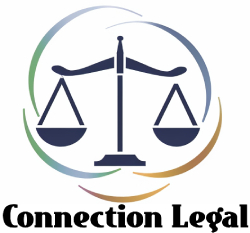Time is of the essence, and that pressure can add an unnerving chill to the Bailbond in Charlotte process. It is entirely possible for the temporary jail to hold an individual for a few hours. If bail is not posted that evening, they may be moved. That is where things get truly concerning.
That type of situation can add some unneeded pressure to a major player in bail bond: the cosigner. Anyone about to cosign a Bailbond in Charlotte needs to ask some vital questions. Thankfully, a good professional should be transparent about how it works. So what is the cosigner responsible for? What are they really getting into? Below are three things any cosigner must know being going forward, no matter how pressured they feel.
• A cosigner is making a legal and formally binding agreement. The agreement can and will be enforced in the court of law.
• The cosigner is taking responsibility for the appearance of the individual who was arrested appearing in court. This means that they will have to cover any legal fees associated with the individual if they do not appear.
• The cosigner is also agreeing to pay the Bailbond in Charlotte. This is the bill for release, and it is a needed part of the system. The bail does not have to be paid upfront. It can be covered with a payment plan. Just like an individual charging items on a credit card or agreeing to a loan, they are taking a binding agreement to pay for these items.
The above three elements to a bail highlight something that gets lost in translation. There are two fees associated with bail. The first is the bail fee. This fee is paid to the bondsman for their service. The second is the promise to cover any fees associated with the court appearance if the accused does not pay them. This way, the bondsman is covered upfront (or with a payment plan), and the courts have their own form of insurance with the cosigner. A cosigner should be a trusted friend or family member. Cosigning should be taken very seriously and discussed with Chad Lewis Bail Bonding.



